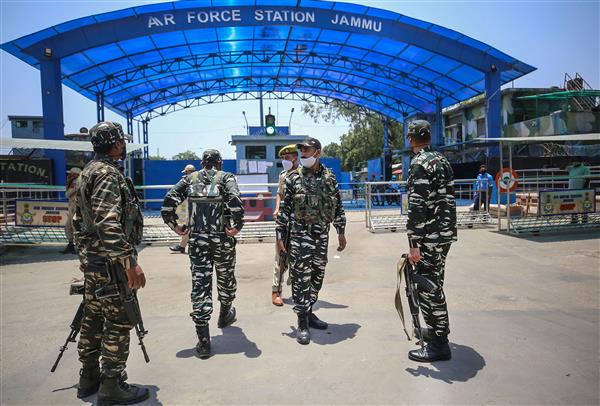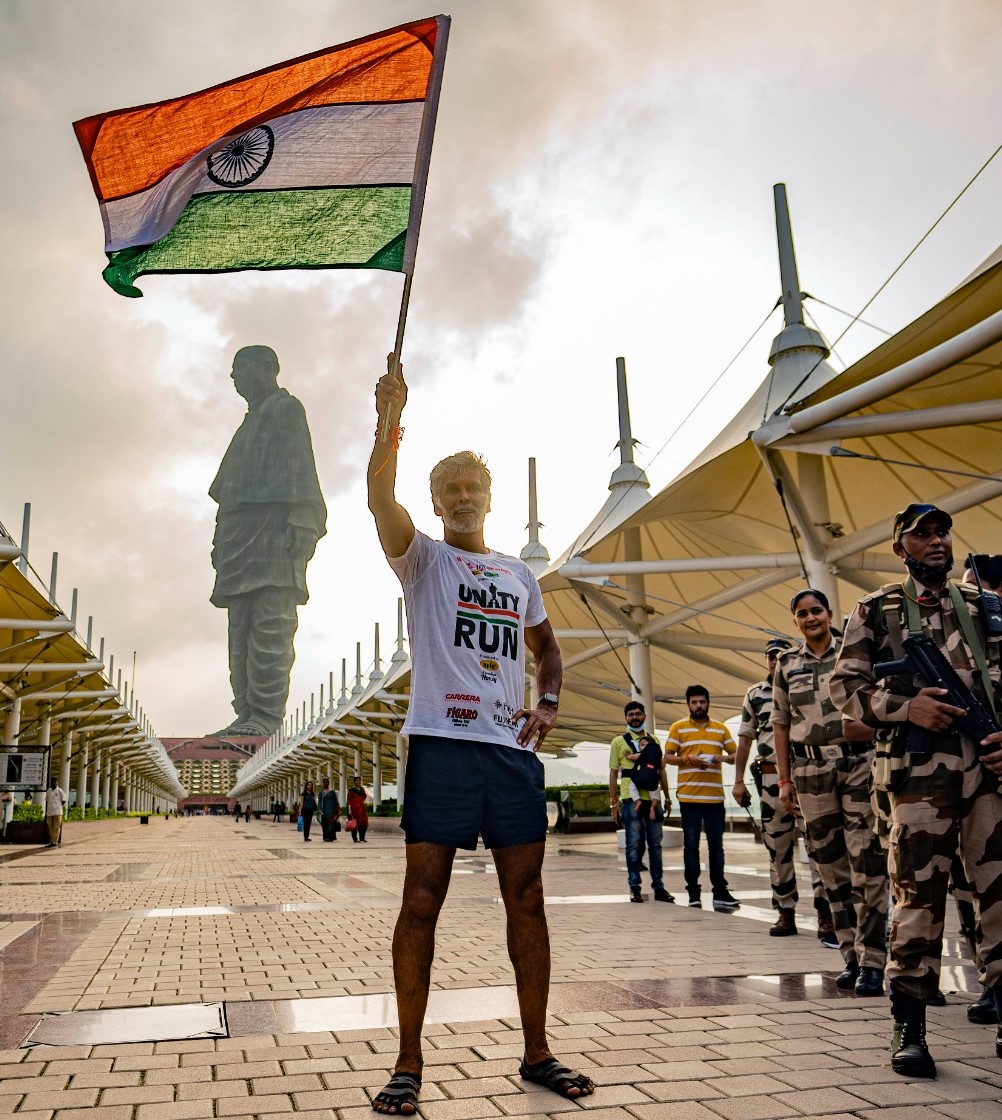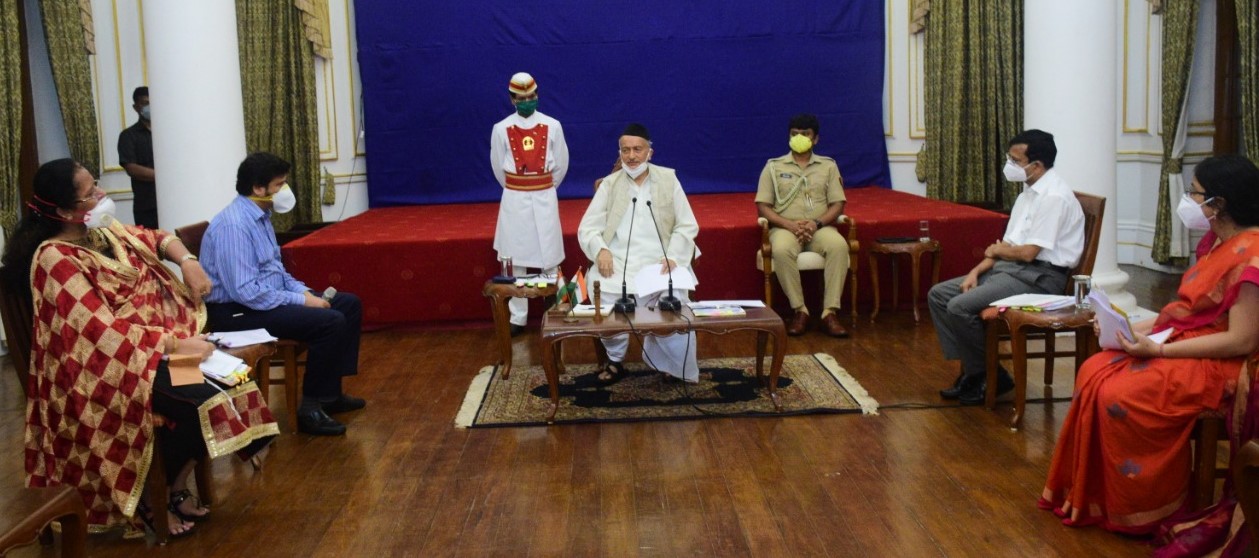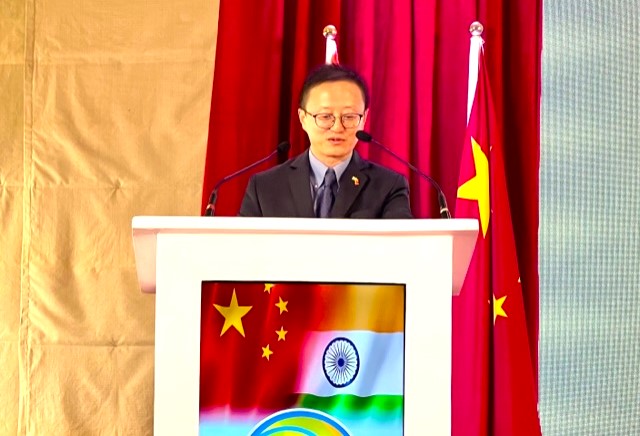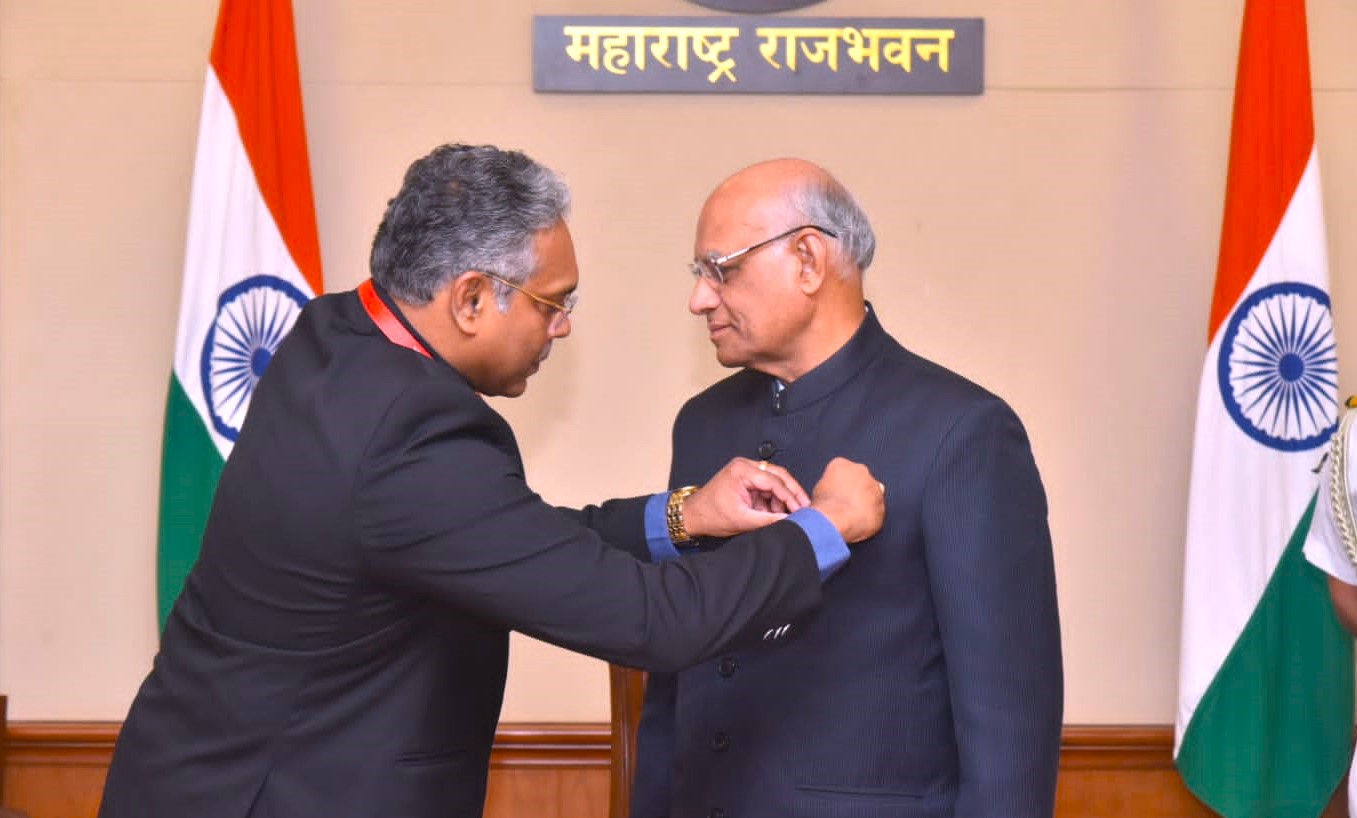or the first time, Unmanned Aerial Vehicle (UAV)-mounted explosives have been used to target an Indian Air Force (IAF) base. Two UAVs dropped explosives close to a Mi-17 hanger late last night. Such was the intensity of one blast that it punched a hole into the concrete roof of a building close to the hanger.
Both the Jammu & Kashmir Police and the National Investigation Agency (NIA) are probing the terror strike. It is still unclear whether the UAV came from across the India-Pakistan border or was it guided from a building or an elevated point close to the IAF base in Jammu. But the terror strike marks a paradigm shift in grey-zone warfare.

High perimeter walls, barbed wire and sentry posts can no longer stall the enemy attack. From a safe distance, the enemy can launch an attack from a stand-off distance. Some drones can fly up to 20 kilometres, carrying a couple of kilograms of payload — from pizzas to bombs — and there are unmanned combat aerial vehicles that can fly thousands of kilometres with an endurance of two days and can carry rockets and missiles. The terrorists appear to have used a Type 1 or Type 2 UAV.
Q: DID INDIA KNOW ABOUT THE THREAT:
A: For the past two years plus, Pakistan has been using UAVs to send AK-47 assault rifles, ammunition and drugs into India, especially across the Punjab and Jammu border. Several drones have been sighted and neutralised in the past and weapons recovered.
Q: CAN RADARS DETECT DRONES?
A: According to the IAF, radars can detect some military drones but not small quadcopters. There are special Kurf radars for smaller, slower flying UAVs but the effort so far has been to educate troops on ground and police to identify the threat and then neutralise it.

Surjitt Sahani

